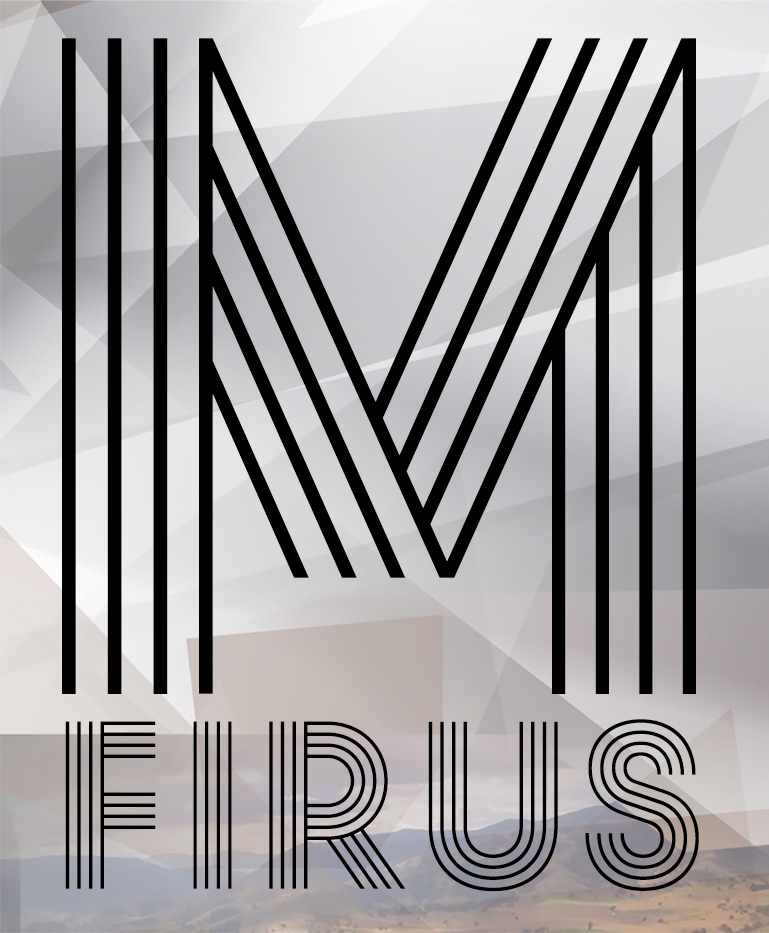
Textual Analysis of Click-bait
A textual analysis of the click-bait that populates shady ‘free-services’ sites and out-of-pocket online news outlets… you know the kind.
Denotation: if an alien was to analyses this, they would note the following: the advertisement is constructed very simply with a hand-drawn image and comic sans font. The two-part spread features a slightly overweight Caucasian woman. The text promises sustained weight loss with noticeable results every week. The background is white and a blue arrow is featured on the bottom left. The ad appears to be about 4x 6cm in size on the web page.
Connotation: but let’s delve deeper. Why (apart from sheer incompetence) did this advertisement take the form it has?
Its minimalism: the minimal layout gives a sense of likability and homeliness. The use of comic sans font and the simple white background creates the subconscious feeling that it was made by a well-meaning granny on Microsoft word. This quaintness of the ad connotes that the “tip” is not a commercial venture (although it really is) and that it is a casual affair as if there is no hassle in clicking and learning the secret.
Semiotic iconography: the single blue arrow at the bottom stands out and gives the ad ‘click-ability’ i.e. it creates a focal point for the customer (some might say victim) to click on. Otherwise, there would be confusion on the part of the customer whether the photo was hyperlinked
Semantics: first of all, we have the promise of “1 Tip”. This tells the reader that the promised weight loss tip is a single and easy thing to do; not a lengthy and involved procedure. The conversational tone of “belly” also supports the ad’s overall goal of exploiting the viewers potential distrust with large, officious multinational pharmaceuticals. The word “simple” furthers the idea of a no-hassle technique.
The use of the word “weird” both creates intrigue on the part of the reader and also gives a sense that the tip isn’t something that the reader has come across before; it is an unusual and unconventional technique. It also creates a sense of the tip being a secret that the reader will be in sole possession of, if they do indeed click the link. This appeals to the readers desire to be in possession of valuable information.
Perhaps the most effective single word on the spread is “old”. This word is strategically included for a number of interrelated reasons:
- It gives a sense that the tip has been tried and tested by time.
2. It forms an appeal to tradition and custom (hey there VCE English ;P)
3. It connotes that the tip is likely an all-natural procedure devoid of modern chemicals and their side-effects.
4. It again hints at simplicity.
5. It evokes warm memories of home- remedies from childhood like chicken soup and warm blankets.
So there you have it. That’s how this junk is messing with your head. And if you’re curious to know what clicking on one of these does, don’t worry; I did so you don’t have to. The computer does not explode, but it simply directs you to a specific commercial product. A product you can buy. So much for a simple remedy from a warm, kind hearted granny typing up an altruistic piece of old-fashioned advice that may or may not contain traces of your mummy’s home-made chicken soup.

